Buffalo Grass
shadyplaces
16 years ago
Featured Answer
Sort by:Oldest
Comments (19)
bpgreen
16 years agolast modified: 9 years agoshadyplaces
16 years agolast modified: 9 years agoRelated Professionals
Jennings Landscape Architects & Landscape Designers · Seabrook Landscape Architects & Landscape Designers · Alexandria Landscape Contractors · Waterbury Landscape Contractors · Athens Landscape Contractors · Florham Park Landscape Contractors · Lebanon Landscape Contractors · North Canton Landscape Contractors · North Ridgeville Landscape Contractors · Salem Landscape Contractors · San Pedro Landscape Contractors · South Farmingdale Landscape Contractors · Waldorf Landscape Contractors · Madison Solar Energy Systems · Azalea Park Solar Energy Systemsbpgreen
16 years agolast modified: 9 years agoh_geist
16 years agolast modified: 9 years agojaliranchr
16 years agolast modified: 9 years agocatherine_nm
16 years agolast modified: 9 years agoekubec
15 years agolast modified: 9 years agoshadyplaces
15 years agolast modified: 9 years agoekubec_gmail_com
15 years agolast modified: 9 years agoshadyplaces
15 years agolast modified: 9 years agobpgreen
15 years agolast modified: 9 years agoekubec_hotmail_com
15 years agolast modified: 9 years agoekubec
14 years agolast modified: 9 years agobpgreen
14 years agolast modified: 9 years agojnfr
14 years agolast modified: 9 years agobpgreen
14 years agolast modified: 9 years agojnfr
14 years agolast modified: 9 years agobpgreen
14 years agolast modified: 9 years ago
Related Stories
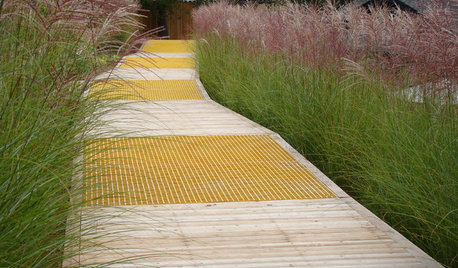
GARDENING AND LANDSCAPINGOld School Green Design: Add Texture With Grass
Ornamental grasses capture the breeze and ripple like water in the landscape
Full Story
GARDENING GUIDES5 Great Grasses for a New Lawn
Learn about maintenance, wear tolerance, ideal climate and more for these top turf choices to pick the right one for you
Full Story
LANDSCAPE DESIGNIs It Time to Consider Fake Grass?
With more realistic-looking options than ever, synthetic turf can be a boon. Find the benefits and an installation how-to here
Full Story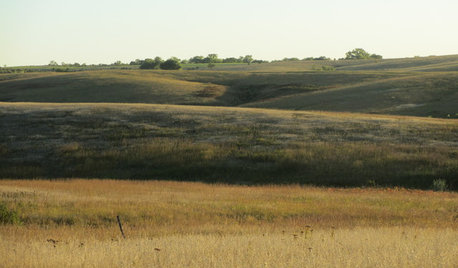
GARDENING GUIDESHow to Get Your Prairie On
Have a field day with your landscape, even if you've got just a few modern containers on a paved path
Full Story
LANDSCAPE DESIGN7 Low-Maintenance Lawn Alternatives
Turf isn't the only ground cover in town. Get a lush no-grass lawn with clover, moss and other easy-care plants
Full Story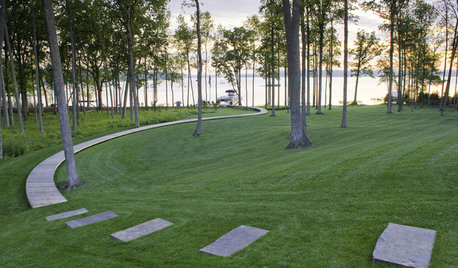
GARDENING GUIDESGive Your Turf the Fall Tune-up It Deserves
Treat your battered lawn to a little TLC this fall, and it will reward you with lush, healthy grass come spring
Full Story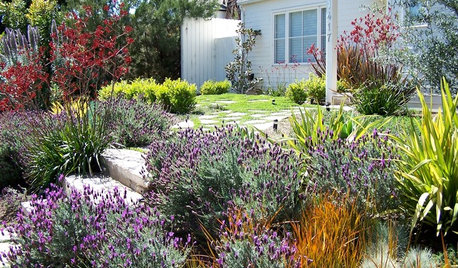
SAVING WATERGreat Plants for Lush, Low-Water Gardens
Water restrictions making your garden look washed out? Give it living color with unthirsty grasses, flowers and succulents
Full Story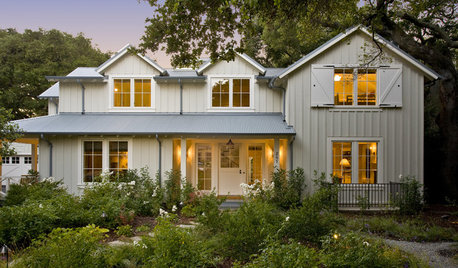
LANDSCAPE DESIGNWater-Saving Landscaping Ideas for Traditional Homes
Who says you need a lawn and roses in front of your traditional house? Try some of these drought-tolerant beauties instead
Full Story
LANDSCAPE DESIGNCalifornia Says Goodbye to the Sprawling Ornamental Lawn
New state rules will effectively limit turfgrass to 25 percent of the landscape in most new and renovated yards
Full Story
FALL GARDENINGReflecting on a Gardening Year
Mistakes and successes, surprises and comforts. The garden helps us grow in new ways every year
Full StorySponsored
Columbus Area's Luxury Design Build Firm | 17x Best of Houzz Winner!
More Discussions






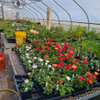
ekubec_gmail_com